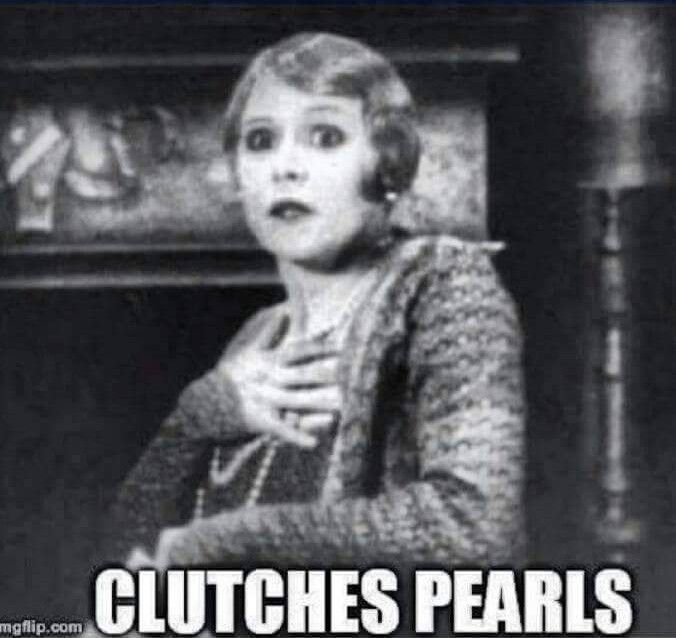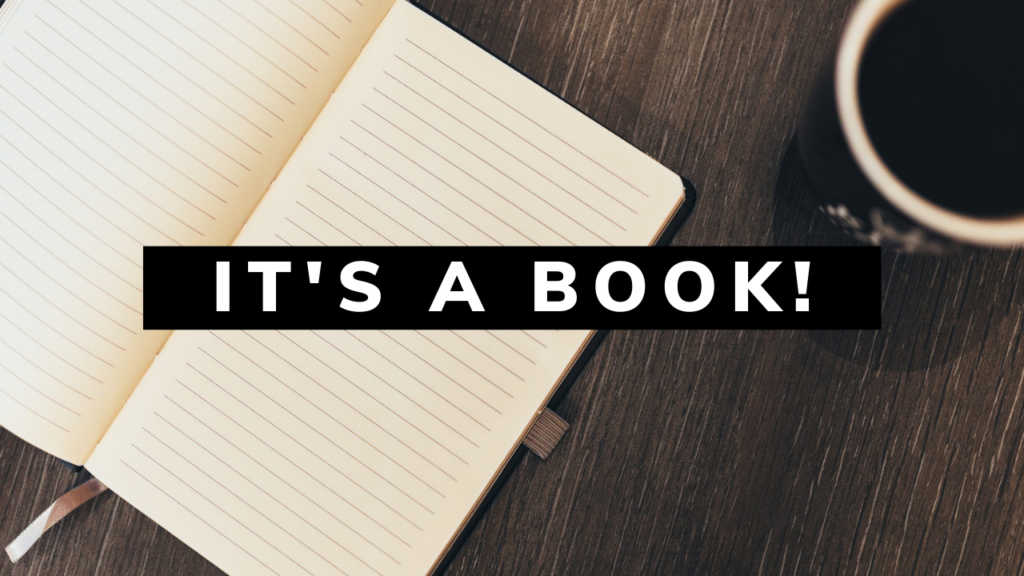
Hello! Now, I’m going to say some controversial things, but please, please, don’t clutch your pearls in horror after I say them. OK. Are you ready?
I LOVE a robust outline.
When some people write outlines for their novels, they’re essentially talking about some short hand notes they made, their vision for the ending and how they plan to get there. That ain’t what I’m talking about.
I’m talking about that big, comprehensive road map that will help you confidently start your novel. That outline that confidently allows you to plan for every contingency while leaving you confident enough to do a little off roading, writer style. See, I believe a good, solid outline can let you do both.
And for those of you out there who say you’re a pantser, I totally understand. I consider myself a pantser too. I just pants in my outline, instead of in a rough draft. In fact, I allow myself the freedom of writing every subplot and a couple of potential endings, I just do it in my outline.
So what’s my process?
First of all I am an adherent of Blake Snyder’s “Save the Cat” screenplay outline. I just do it for novels. Without turning this blog into a pitch for Mr. Snyder, I’ll say that what compels me to organize the way he does is the idea of rhyming narratives.
In Act One, you have the inciting incident, something Blake would call the Catalyst. This event changes everything for the character. It is followed by soul searching and guidance called the Debate. Finally, when the character has made up their mind on what to do next, that’s called the Break into Two.

These scenes are paralleled throughout the story. In the first half of Act Two you have the Fun & Games, the Midpoint, and the Bad Guys Close in. This is followed by the All is lost, the Dark Night of the Soul, and the Break into Three. These points echo the question “How bad do you want this, hero?” I enjoy the symmetry of it.
But you don’t have to use “Save the Cat” to write a robust outline. You can use whatever organization system you’re curious about. It’s up to you.
As I organize my thoughts in my head I use 3×5 notecards for the scenes. This is what they look like:
The information at the very top reminds me where the scene is taking place, whether its indoors or out, and whether its day or night. I can be scatterbrained so its important for me to have this information.
Description: This is a basic outline of what is going to go down in the scene. It can be long or short, your choice. Bobby catches his wife cheating, Connie wins the big game with a home run, Major Maple Leaf shows up and defeats the evil villains!
Interior/Exterior
Day/Night
Location
Conflict: One of the things I learned early on is that every scene must have some sort of conflict. That’s what this symbol is for: ><. Even if you have two lovers in an intimate embrace, they must I have some sort of conflict.
><:
+/-:
“I love you more than the stars and moon.”
“No, I love you as the oceans,” the mermaid replied.
See, even though it’s sappy, there is a disagreement, and therefore conflict. Jot down your notes on the conflict here.
Emotional Swing: Every good scene should have an emotional swing. Scenes don’t have to be filled with melodrama, but they should have a change a reader can discern and understand. That’s what +/- should be for.

Knock yourself out! It’s here, where you can go nuts with all the subplots and side quests in your story. Do you want three subplots instead of one? Do you want four character arcs to go along with your story arc? Do you want to set up a bunch of sequels? Here is where you do it.
Jot down notes for everything you want to explore. Put them on 3×5 cards or make a word doc and color code the subplots.
Now Edit. You’ve entertained every flight of fancy. You’ve created three different endings. Now its time to cut off what can go. It’s time to choose an ending and some subplots. It’s time to ditch the multiple endings. It’s time to prune those subplots.
The great part about all of this is that you got to explore your curiosity by bringing these elements into your robust outline and then once you decide to prune the excess, you don’t feel so bad because it’s not an entire chapter.
Character Arcs: This is the time, once I’ve edited out the extra scenes, where I decide which characters deserve their own character arcs. I make a map of where the character begins and where I want them to be at when the novel is over. I then look at what I have retained and what I’ve cut, to see which scenes would be really good vehicles for the growth of a character. Once I start actually writing, I mark these scenes as the ones I’ve got to polish the most.

The End. The benefit, for me, is that once I’ve done all this work of writing and organizing my novel outline, I have a really good grasp of what I want to write about. Once I start writing, I kind of feel like a machine churning out words. By this point I am confident about what I am writing about, the twists and turns in the story, and how I want it to end. If I write a 70K+ novel, I can expect a 6-10K outline.
I know it sounds like a lot of work, and it is a lot of work. But when I sit down at my computer and pull out a scene card and read it, my confidence soars. I never get writers block at this stage and I get super excited because I know every scene written gets me closer to my goal. I’ve written books in six weeks using this method and it works!
I hope I’ve inspired you to try it for yourself. For many people, this won’t be your cup of tea. That’s all right. For everybody else, I hope you get something out of this process that you can use.
Happy Writing!
(Photo by Keira Burton from Pexels)


Thank you. Helpful post. Great recommendations. I’m a screenwriter too, so the lingo is familiar. I find screenwriting techniques work well with novels too. Karen
You’re welcome, Karen. Story is story and everyone borrows. If using screen writing techniques helps you, then use them. As Aaron Michael Ritchey likes to say, “There are no rules.” Just keep writing!